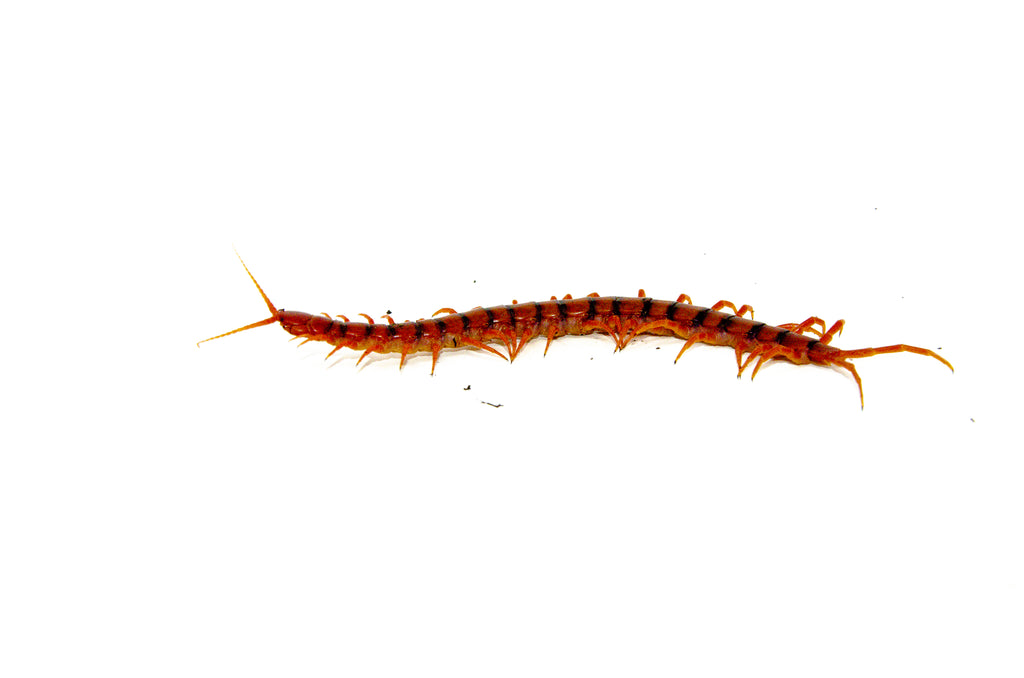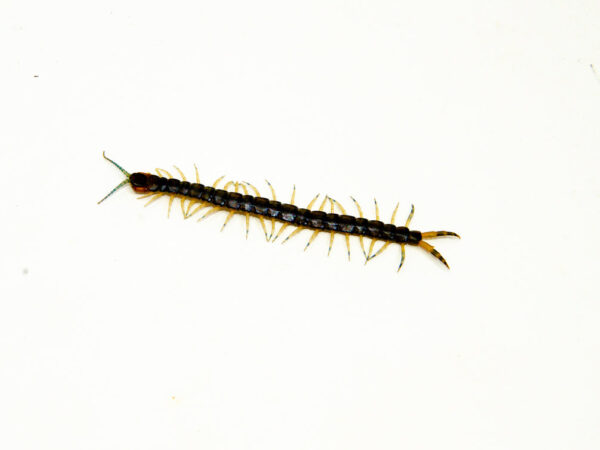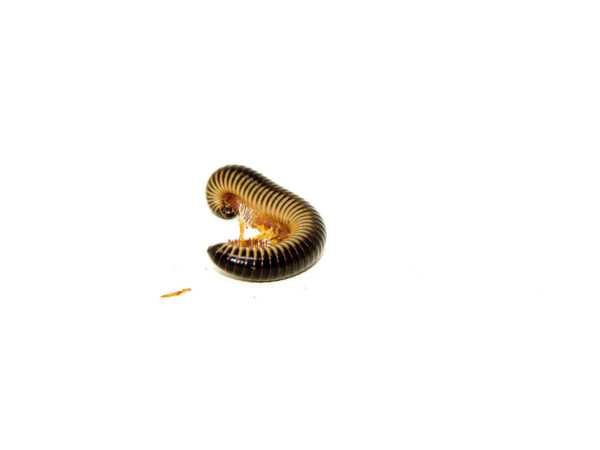Cherry Bomb Centipede (Scolopendra dehaani): The Ultimate Exotic Predator for Enthusiasts
The cherry bomb centipede (Scolopendra dehaani) is a visually stunning, high-energy invertebrate prized for its deep red and black coloration, aggressive feeding response, and impressive size. Often described as one of the more “hardcore” species in the centipede hobby, it’s not for the faint of heart—but for experienced keepers, it offers unmatched excitement and a show-stopping display.
This guide will walk you through everything you need to know to successfully care for the cherry bomb centipede (Scolopendra dehaani), from enclosure design and temperature ranges to feeding behavior and safety.
Species Overview cherry bomb centipede (Scolopendra dehaani
Native to Southeast Asia, especially Thailand, Vietnam, and Malaysia, the cherry bomb centipede thrives in hot, humid environments. Adults can reach between 8 and 10 inches in length, making them one of the largest and most commanding centipedes in the pet trade. The name “cherry bomb” refers to their deep crimson coloration contrasted with black or dark brown segments and yellow-tipped legs—creating a truly explosive visual impression.
This species is fast, aggressive, and should never be handled. However, in a proper setup, it can be safely observed and appreciated.
Enclosure Setup cherry bomb centipede (Scolopendra dehaani
A well-designed enclosure is critical for this active and strong species. Since the cherry bomb centipede is a skilled escape artist, make sure the container is secure, well-ventilated, and escape-proof.
Recommended Enclosure Parameters:
-
Size: At least 18” x 12” x 12” for a single adult
-
Substrate: 4–6 inches of moist coco fiber or a soil/moss blend
-
Temperature: 75–85°F (24–29°C)
-
Humidity: 75–85%, with daily light misting
-
Decor: Cork bark hides, leaf litter, moss patches
-
Lid: Locking screen top or sealed plastic bin with mesh vents
The cherry bomb centipede enjoys burrowing, especially during molting cycles, so deep, slightly compacted substrate is ideal. Ensure moisture retention without creating soggy conditions.
Feeding & Hunting Behavior
Few inverts match the intensity of a cherry bomb centipede during feeding. These creatures are voracious ambush predators with lightning-fast reflexes. Watching one strike prey is equal parts exciting and terrifying.
Feeding Guidelines:
-
Juveniles: Feed 2–3 times weekly
-
Adults: Feed once every 7–10 days
-
Diet: Crickets, dubia roaches, locusts, mealworms, and the occasional pinkie mouse (optional, no more than once monthly)
Only feed live prey, and ensure it’s appropriately sized—no larger than half the centipede’s body length. Remove uneaten food after 24 hours to avoid stress or accidental injury.
Behavior & Temperament
The cherry bomb centipede (Scolopendra dehaani) is not docile. It is lightning-fast, highly reactive to movement, and capable of delivering a painful venomous bite. Though not typically deadly to humans, bites can cause intense localized pain, swelling, and in some cases, nausea or fever.
Handling is strongly discouraged. Use long tongs or a catch cup when necessary. Cleaning and maintenance should always be done with care and respect for the animal’s speed and unpredictability.
Molting & Growth
Like all arthropods, this centipede grows by molting. The cherry bomb centipede (Scolopendra dehaani) will burrow and become inactive before shedding its exoskeleton. Avoid disturbing it during this time, and do not attempt to feed until 5–7 days after the molt.
Signs of an upcoming molt:
-
Lethargy
-
Refusal to eat
-
Increased burrowing
-
Dull coloration
After molting, the centipede will emerge more vibrant and slightly larger, with renewed aggression and appetite.
Lifespan & Maintenance
With proper care, the cherry bomb centipede (Scolopendra dehaani) can live 5–10 years in captivity. Maintenance is relatively simple, provided humidity and temperature are monitored consistently.
Basic Maintenance Tips:
-
Mist daily or every other day to maintain humidity
-
Spot-clean substrate weekly
-
Perform full substrate changes every 6–8 months
-
Always keep the lid secure after feeding or maintenance
Ventilation is key—ensure moisture without mold or stagnant air buildup.
Is This Species Right for You?
The cherry bomb centipede (Scolopendra dehaani) is not for beginners. It’s fast, defensive, and venomous—but for experienced keepers who love bold, active, and striking inverts, this species is among the best in the hobby. Its vivid red body and ferocious feeding make it a star attraction in any exotic collection.
If you’re ready for the challenge and can respect its space, the cherry bomb centipede will provide years of stunning, high-energy behavior behind the glass.








Reviews
There are no reviews yet.